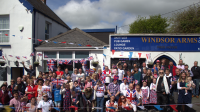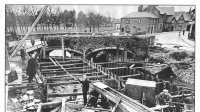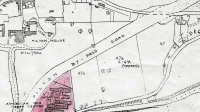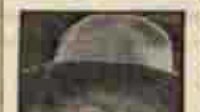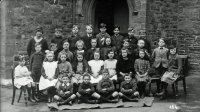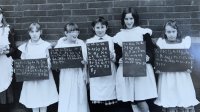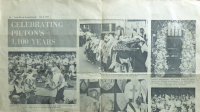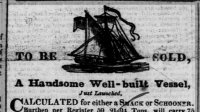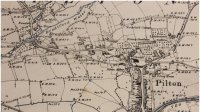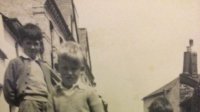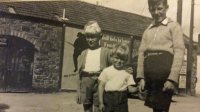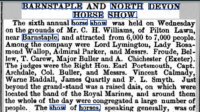Pictures
Sale of Hope Mills Woollen Manufactory in Bradiford in February 1830
- from: Martin.Haddrill
- uploaded: Sep 2, 2021
- Hits: 130
-
 (0 Likes)
(0 Likes)
In February 1830, the North Devon Journal carried this advertisement for Hope Mills Woollen Manufactory in Pilton, Barnstaple. It was clearly a comprehensive establishment with a factory, dye house, wash house, fulling (felting) mill, comb shop, wool lofts and a kiln, and it came with two dwelling houses and gardens and two stables, a grist (grain) mill. a bark mill (for extracting material for tanning), a coal house, an oil house, a linhay (for cattle and hay storage) and a rackfield (for drying woollen serge). The property, owned by William Rennels, was described in the advertisement as “the most desirable woollen manufactory in this part of the Country”.
We have established that Hope Mills stood on or close to the site of what is now Anchor Mills at the end of Hall’s Mill Lane, Bradiford. The earliest mention of mills on this site is 1724 when there was a fulling mill. Hope Mill was on the site of what later became Hall’s Mill (milling grain for flour). Subsequently, Anchor Mill was built by William Goss in 1876/77 and then apparently rebuilt in 1888 after a fire. The mills were powered by a leat from Bradiford Water which ran from the foot of Tutshill Woods into a pond to the north of the buildings and then on to Lions and Bradiford Mills. Hall’s Mill was also referred to historically as Round Mill or Parkins Mill.
Thanks to the Devon & Dartmoor Historic Environment Record for additional information.




